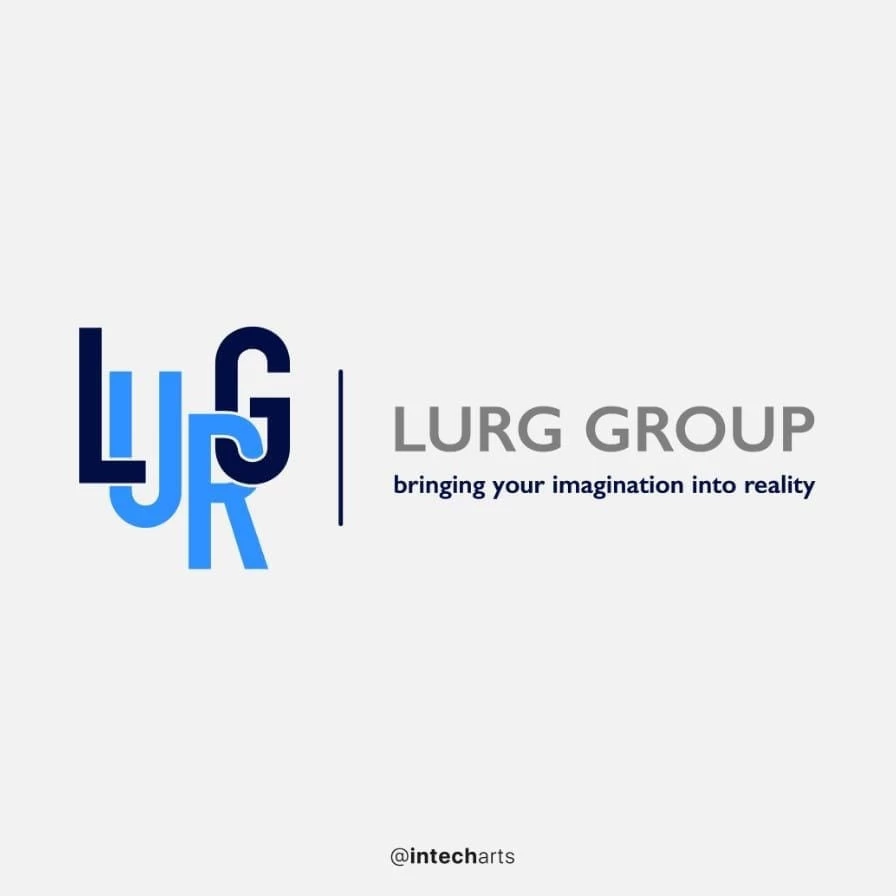LED Lighting The Next Dimension

LED Lighting The Next Dimension
LED (Light Emitting Diodes) are the latest and most exciting technological advancement in the lighting industry. LEDs are small, solid light bulbs which are extremely energy efficient and long lasting. LEDs operate differently than traditional incandescent light bulbs. This makes LEDs far more rugged and durable than traditional incandescent light bulbs.
Advantages and Disadvantages of LED
Advantages
· Energy efficient – LED’s are now capable of outputting 135 lumens/watt
· Long Lifetime – 50,000 hours or more if properly engineered
· Rugged – LED’s are also called “Solid State Lighting (SSL) as they are made of solid material with no filament or tube or bulb to break
· No warm-up period – LED’s light instantly – in nanoseconds
· Not affected by cold temperatures – LED’s “like” low temperatures and will startup even in subzero weather
· Directional – With LED’s you can direct the light where you want it, thus no light is wasted
· Excellent Color Rendering – LED’s do not wash out colors like other light sources such as fluorescents, making them perfect for displays and retail applications
· Environmentally friendly – LED’s contain no mercury or other hazardous substances
· Controllable – LED’s can be controlled for brightness and color
Disadvantages
· Blue hazard: There is a concern that blue LEDs and cool-white LEDs are now capable of exceeding safe limits of the so-called blue-light hazard as defined in eye safety specifications such as ANSI/IESNA RP-27.1-05: Recommended Practice for Photobiological Safety for Lamp and Lamp Systems.
· Light quality: Most cool-white LEDs have spectra that differ significantly from a black body radiator like the sun or an incandescent light. The spike at 460 nm and dip at 500 nm can cause the color of objects to be perceived differently under cool-white LED illumination than sunlight or incandescent sources, due to metamerism, red surfaces being rendered particularly badly by typical phosphor-based cool-white LEDs. However, the color rendering properties of common fluorescent lamps are often inferior to what is now available in state-of-art white LEDs.
· Temperature dependence: LED performance largely depends on the ambient temperature of the operating environment. Over-driving the LED in high ambient temperatures may result in overheating of the LED package, eventually leading to device failure. Adequate heat-sinking is required to maintain long life. This is especially important when considering automotive, medical, and military applications where the device must operate over a large range of temperatures, and is required to have a low failure rate.
· Blue pollution: Because cool-white LEDs (i.e., LEDs with high color temperature) emit proportionally more blue light than conventional outdoor light sources such as high-pressure sodium lamps, the strong wavelength dependence of Rayleigh scattering means that cool-white LEDs can cause more light pollution than other light sources. The International Dark-Sky Association discourages the use of white light sources with correlated color temperature above 3,000 K.
· Voltage sensitivity: LEDs must be supplied with the voltage above the threshold and a current below the rating. This can involve series resistors or current-regulated power supplies.
· High initial price: LEDs are currently more expensive, price per lumen, on an initial capital cost basis, than most conventional lighting technologies. The additional expense partially stems from the relatively low lumen output and the drive circuitry and power supplies needed.
· Area light source: LEDs do not approximate a “point source” of light, but rather a Lambertian distribution. So LEDs are difficult to use in applications requiring a spherical light field. LEDs are not capable of providing divergence below a few degrees. This is contrasted with lasers, which can produce beams with divergences of 0.2 degrees or less
Benefits Of LED Lighting
LEDs are extremely energy efficient and consume up to 90% less power than incandescent bulbs. Since LEDs use only a fraction of the energy of an incandescent light bulb there is a dramatic decrease in power costs. Also, money and energy is saved in maintenance and replacement costs due to the long LED lifespan. LEDs have a lifespan of up to 60,000 hours compared to 1,500 hours for incandescent bulbs.

